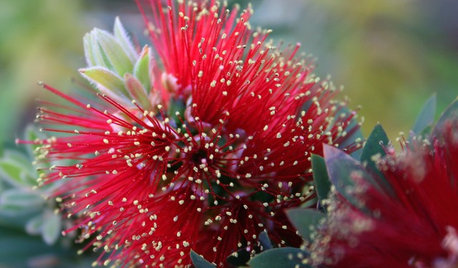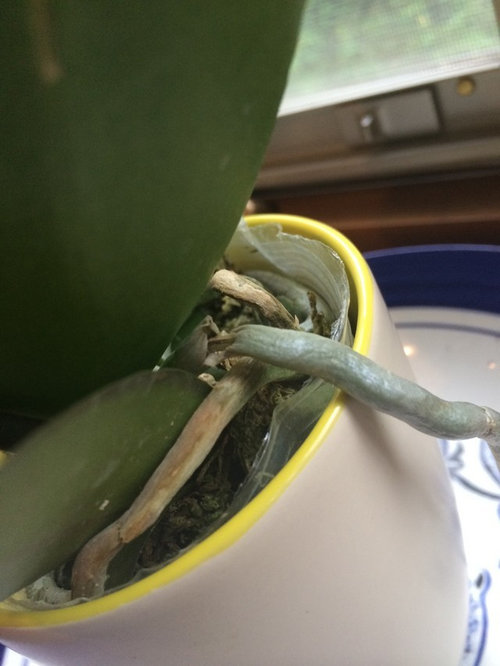Repotting vacuum-packed phalaenopsis
Pallas_Athena
9 years ago
Related Stories

GARDENING GUIDESGreat Design Plant: Velvety Dwarf Bottlebrush Beckons a Touch
Brilliant red blooms and inviting textures will capture your heart, but the low maintenance and small size will win over your practical side
Full Story
HOUSEPLANTSHow to Grow Orchids Indoors
Orchids are the exotic aristocrats of the flower world and can make themselves comfortable in almost any home
Full Story
DECLUTTERINGYour Clutter-Clearing Plan for the New Year
Tackle these tasks month by month for a decluttering strategy that will really pay off
Full Story
MONTHLY HOME CHECKLISTSTo-Dos: Your February Home Checklist
On cold winter days, freshen up indoor spaces and refresh your spirits too
Full StoryMore Discussions










jane__ny
Pallas_AthenaOriginal Author
Related Professionals
Ashburn Landscape Architects & Landscape Designers · Middle River Landscape Architects & Landscape Designers · Signal Hill Landscape Architects & Landscape Designers · Hampton Bays Landscape Contractors · Hayden Landscape Contractors · Matteson Landscape Contractors · Parkland Landscape Contractors · Tamarac Landscape Contractors · Greenfield Landscape Contractors · Annandale General Contractors · Bowling Green General Contractors · Champaign General Contractors · Jacksonville General Contractors · Kentwood General Contractors · Titusville General Contractorslauraeli_
arthurm
jane__ny
tolumniamatt
Pallas_AthenaOriginal Author
arthurm